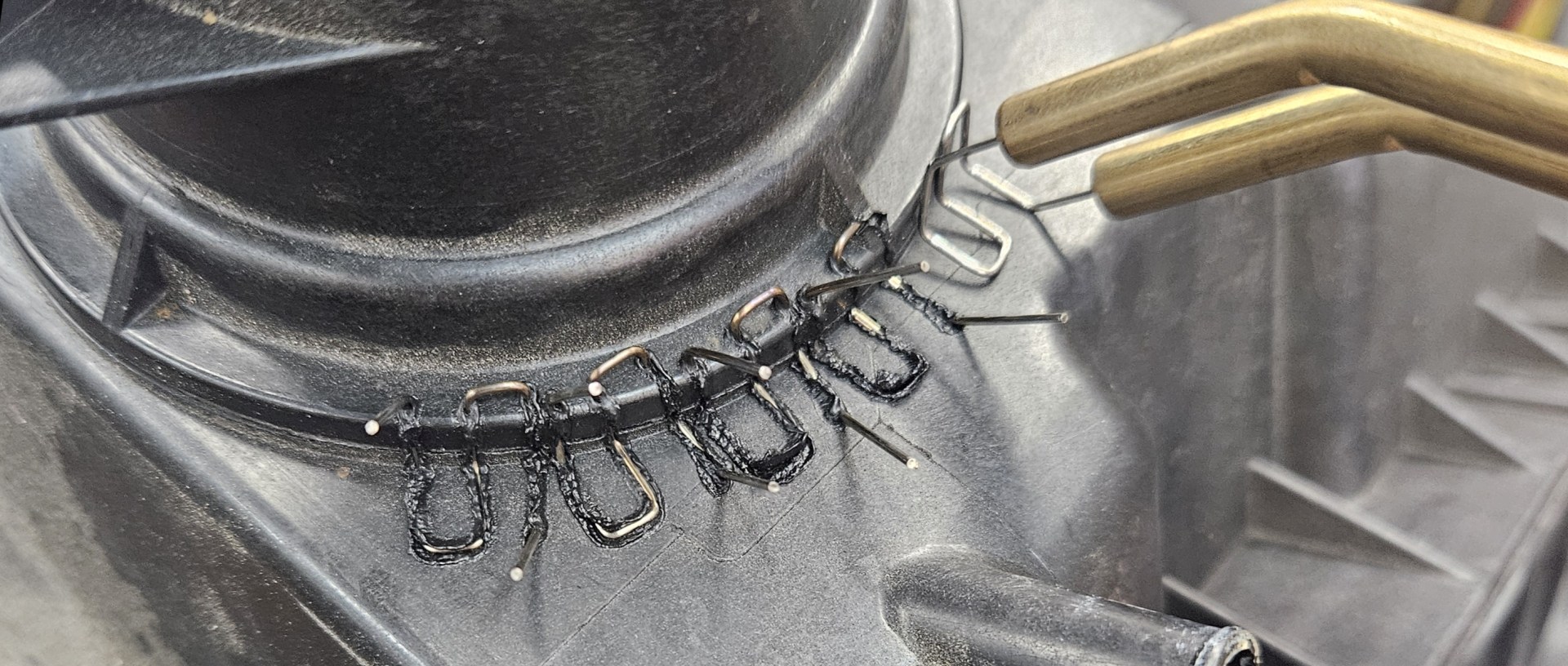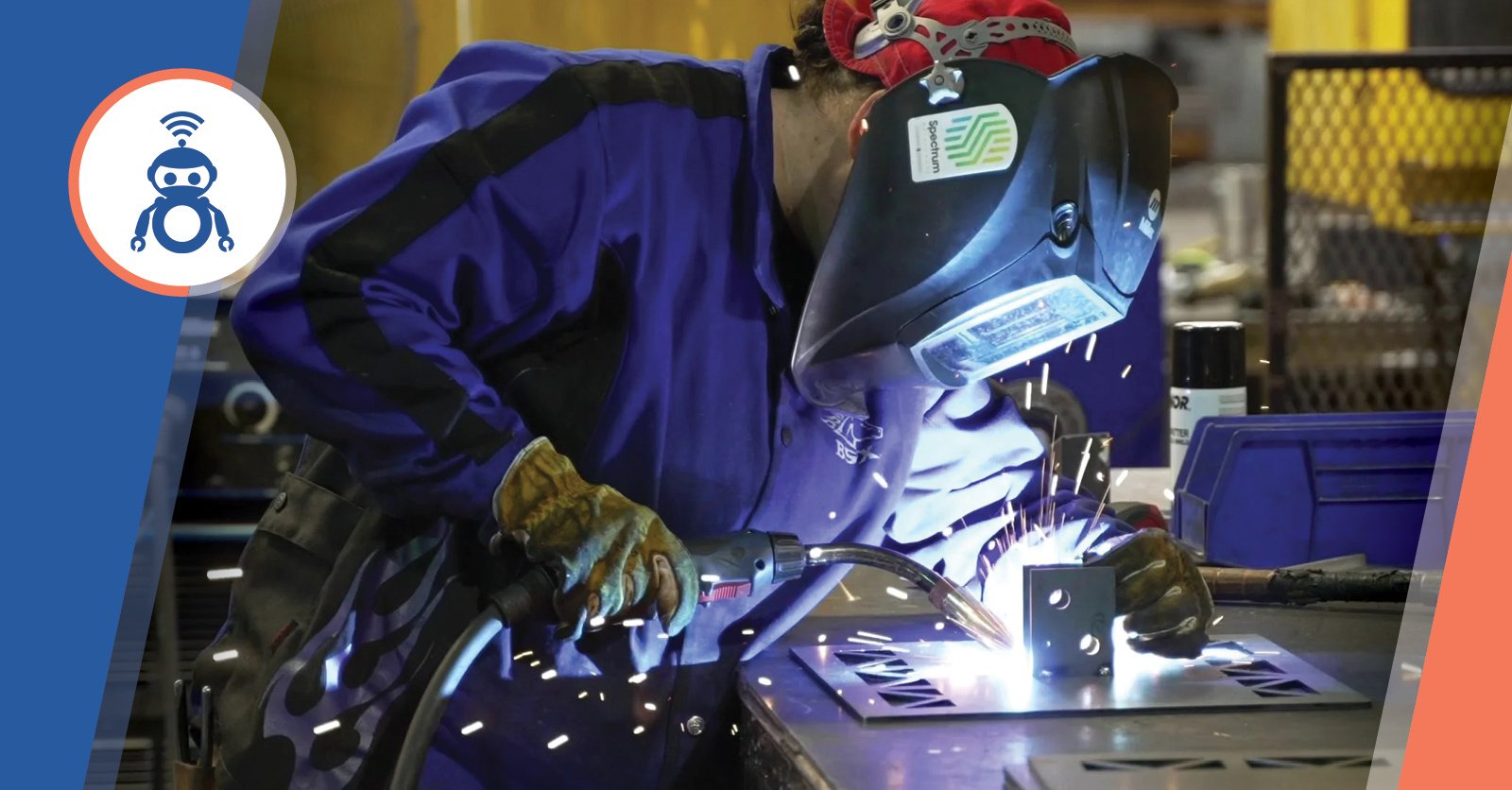Everything about Welding: Secret Insights Into Techniques and Ideal Practices for Success
Welding incorporates a range of strategies, each matched for certain products and applications. Comprehending these techniques, such as GMAW, SMAW, and TIG, is important for achieving suitable results. The right tools and security methods can not be overlooked. As preparation and fixing play critical roles in the welding procedure, grasping these components can greatly enhance the quality of the end product. What are the key aspects that assure an effective weld?
Comprehending Various Welding Techniques
Welding techniques include a range of techniques, each fit to details applications and materials. Among the most usual strategies are Gas Steel Arc Welding (GMAW), Secured Steel Arc Welding (SMAW), and Tungsten Inert Gas Welding (TIG) GMAW, also called MIG welding, is prominent for its rate and convenience, making it excellent for slim products. SMAW, or stick welding, is preferred for its simpleness and performance in exterior atmospheres, specifically with thicker steels. TIG welding supplies accuracy and control, making it appropriate for complex job and non-ferrous steels (Belgrade). Each method has its one-of-a-kind advantages and factors to consider, permitting welders to pick the most effective approach based on the project's requirements, product type, and wanted outcomes. Understanding these techniques is necessary for successful welding
Necessary Welding Tools and Tools
While numerous welding methods need specific abilities, the appropriate equipment and devices are just as essential for attaining high quality outcomes. Vital welding devices includes welding devices, which vary relying on the method-- such as MIG, TIG, or stick welding. Safety equipment, including headgears, aprons, and handwear covers, assurances safety and convenience throughout the procedure. In addition, clamps and components help safeguard materials in area, ensuring accuracy in welds. Consumables like welding rods, wire, and protecting gas are also important components that affect the quality of the weld. Devices such as grinders and cutters facilitate surface prep work and post-weld ending up, contributing to an expert end result. Buying top quality tools inevitably boosts the efficiency and efficiency of welding projects.
Security Practices in Welding
Correct safety and security practices are important in the welding market to secure employees from prospective threats. Welders must wear proper personal safety equipment (PPE), including safety helmets with appropriate shading, gloves, and flame-resistant apparel. Sufficient ventilation is essential to reduce exposure to dangerous fumes and gases generated during the welding process. Additionally, employees should be educated in the correct handling of welding equipment to stop accidents. Fire security actions, such as maintaining combustible materials away from the welding location and having fire extinguishers conveniently offered, are essential. Normal examinations of tools and work areas can assist determine prospective risks before they cause accidents. By adhering to these safety and security methods, welders can create a safer working atmosphere and lessen risks connected with their trade.
Preparing Products for Welding
Preparing products for welding is a vital action that greatly affects the quality and stability of the last product (Belgrade). Correct prep work includes cleaning the surfaces to eliminate impurities such as corrosion, dust, and oil, which can jeopardize the weld. Methods such as grinding, sanding, or utilizing solvents are typically employed to attain a clean surface area. Furthermore, guaranteeing that the products mesh well is vital; voids can result in weak welds. It's also vital to take into account the positioning and positioning of the parts, as this will impact the ease of welding and the last outcome. Finally, picking the suitable filler product and ensuring compatibility with the base metals is necessary for attaining strong, durable welds
Tips for Getting High-Quality Welds
Accomplishing top notch welds needs attention to information and adherence to best techniques throughout the welding process. Appropriate joint preparation is crucial, making certain surfaces are clean and totally free from pollutants. Choosing the ideal filler product and welding method based upon the base metals is important for suitable bonding. Keeping constant travel speed and angle while welding can avoid defects and advertise uniformity. Furthermore, regulating warmth input is necessary; too much warmth can result in bending and weakened joints. Routinely checking the welds throughout the procedure permits immediate modifications if needed. Lastly, using ideal post-weld treatments, such as cleaning and tension alleviation, can boost the durability and stability of the weld, inevitably guaranteeing an effective end result.
Troubleshooting Usual Welding Issues
Welding frequently offers challenges that can affect the quality and stability of the final item. Usual concerns such as porosity, irregular weld grains, and getting too hot can emerge, each calling for certain troubleshooting methods. Comprehending these troubles is important for welders to enhance their abilities and achieve suitable results.
Porosity Issues Described
Although porosity can often be ignored, it continues to be a crucial issue in welding that can jeopardize the stability of a completed item. Porosity describes the existence of tiny gas pockets within the weld bead, which can lead and compromise the joint to early failure. This issue normally occurs from impurities, dampness, or inappropriate shielding gas insurance coverage throughout the welding process. To mitigate porosity, welders should confirm that the base materials are clean and completely dry, use proper protecting gases, and keep constant welding specifications. Consistently inspecting the tools and environment can additionally help recognize potential concerns before they show up in the weld. Attending to porosity efficiently is crucial for accomplishing strong, sturdy welds that meet top quality standards.

Inconsistent Weld Beans
Inconsistent weld beads can substantially influence the quality and strength of a finished item. Numerous aspects add to this issue, including inappropriate travel speed, incorrect amperage settings, and inconsistent electrode angles. When the welder relocates too swiftly, a bead may show up slim and do not have infiltration, while moving also slowly can create too much accumulation. Additionally, utilizing the wrong amperage can cause either undercutting or excessive spatter, both of which compromise weld honesty. The welder's technique, such as irregular lantern activity, can additionally result in unequal bead appearance. To mitigate these issues, welders must concentrate on preserving stable, regulated activities and making sure appropriate equipment settings to achieve harmony in their welds. Consistency is key to attaining reliable and strong welds.
Getting Too Hot and Bending Issues
Extreme warm during the welding procedure can cause significant getting too hot and deforming concerns, impacting the architectural stability of the workpiece. These troubles usually materialize as distortion, which can endanger alignment and fit-up, making additional setting up testing. Aspects adding to overheating consist of the choice of welding specifications, such as voltage and take a trip speed, in addition to the kind of product being bonded. To reduce these issues, welders ought to keep constant traveling speed and appropriate warmth input while monitoring the work surface temperature level. Furthermore, preheating or post-weld warmth therapy can aid ease stresses triggered by rapid air conditioning - Montana Mobile Welding and Repair Belgrade Welding. Routine evaluation and adherence to best practices are crucial in preventing overheating and ensuring the long life and integrity of welded frameworks
Regularly Asked Inquiries
What Are the Career Opportunities in the Welding Industry?
The welding industry provides diverse career possibilities, consisting of get more info placements as welders, teachers, examiners, and designers. Specialists can operate in manufacturing, construction, aerospace, and automobile sectors, profiting from solid need and competitive salaries in different functions.
Exactly How Can I Boost My Welding Rate Without Compromising Quality?
To enhance welding speed without compromising high quality, one ought to practice reliable strategies, keep equipment, optimize setups, and enhance hand-eye sychronisation. Regular training and looking for comments can additionally substantially contribute to attaining quicker, high-quality welds.
What Certifications Are Available for Welders?
Many qualifications exist for welders, including those from the American Welding Society (AWS), the National Center for Building Education and Study (NCCER), and different industry-specific companies. These qualifications boost employability and show ability proficiency.
How Does Welding Affect the Qualities of Metals?
Welding influences the properties of steels by altering their microstructure, which can bring about modifications in strength, firmness, and ductility. Warmth input and cooling rates throughout the process considerably impact these product attributes.
Can I Weld Dissimilar Metals Together?
